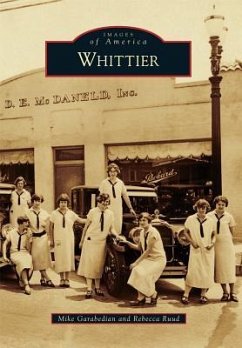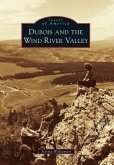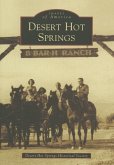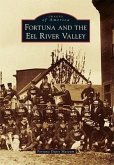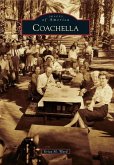When Quaker colonists arrived in Southern California in 1887 to establish their "ideal city of dreams" between the San Gabriel River and the base of the Puente Hills, this land already had a storied past. It was once a place where native Tongvans gathered, the site of Spanish land grant holder Manuel Nieto's rancho, and home to the mansion of the last governor of Alta California, Pío Pico. Named by the early settlers after the abolitionist poet, "Ye Olde Friendly Towne of Whittier" grew from a small colony of Quaker pioneers to a bustling center for the production of citrus, walnuts, and avocados. After incorporation in 1898, Whittier also became a flourishing suburb connected to Los Angeles via the Pacific Electric trolley; the home of Whittier College, celebrated for its academics and the mascot Johnny Poet; and home to several notable Americans, including the 37th president of the United States.

